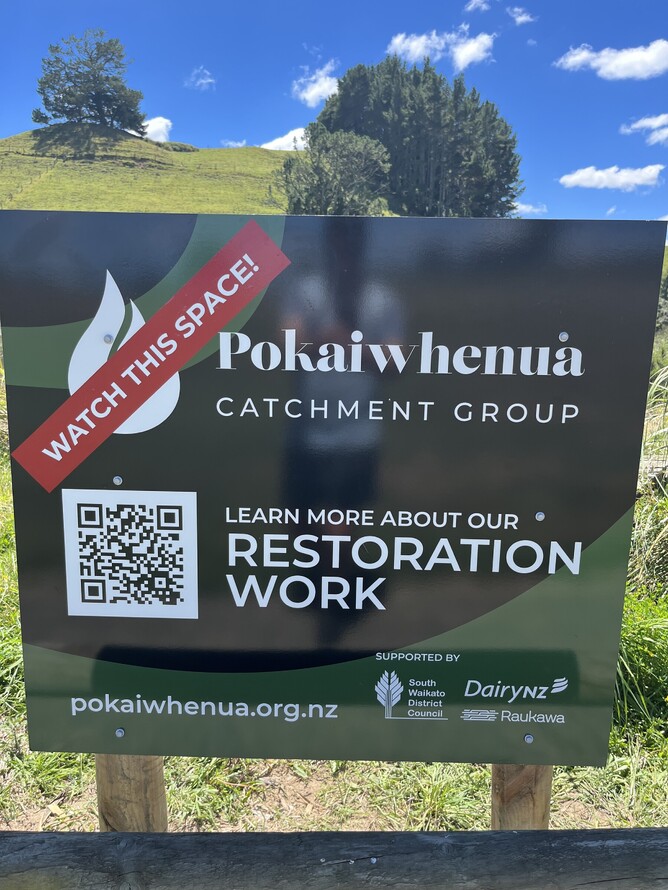Pokaiwhenua Catchment Project:
The project operates in DairyNZ partnership with Raukawa Charitable Trust to establish a holistic understanding of catchment health. The project combines western science with the delivery of holistic cultural assessment to prioritise effective restoration strategies in the Pokaiwhenua Catchment. The project provides a platform for science and mātauranga interpretation to landowners and the wider community as they look to address catchment issues in a targeted and integrated approach.
Whos the stakeholders:
Raukawa- Aiden Riki-Te Kanawa.
Aiden is the project lead and tasked with providing the mātauranga Māori. Raukawa has also developed the Te Arohirohi Freshwater assessment tool. It’s a tool to look back at ancestral aspects of the water, assess where we are now and work on and implement where we see the future. Aiden is tasked with teaching the iwi about the assessment tool and applying it to sites around the catchment.
Pokaiwhenua Catchment Group (PCG)- Hadleigh Putt.
Hadleigh is the coordinator for the catchment group. PCG is working with farmers and community industry groups to enhance the waterways in the catchment with fencing and planting riparian zones. Also help bringing new science information and restoration strategies to the farming community which will benefit the catchment.
Whats Happening:
Community Project.
David Foote park has been chosen as a site to showcase the project. Along the Whakauru Stream in Tokoroa township. It’s chosen as its in need of improvement and has connection and visibility to the urban community.
It also boundaries a dairy farming family property who has also accepted allowing some of their property to be part of the project. It will showcase what riparian planning will involve and the “why” behind doing such work.
“Why” being providing a better habitat for biodiversity in and out of the water to thrive. Bringing back the mana and mauri of the water. Using riparian planting to shade and cool water, stabilise banks to reduce sediment and provide habitat.
Provide a connection for the community to the water through a path to the water’s edge. Using Pokaiwhenua Catchment Group/Raukawa/DairyNZ branding to show that the same work is working around the catchment on dairy farms.
Connect the community to the biodiversity in the water also the Māori views in the catchment and the cultural knowledge of the region. Also the value that Raukawa put on the biodiversity in the catchment.
Through field days, planting days and elvers transfer days. Teaching people what’s in their waterways and the value they have to our community. Establish the site to try to grow tuna/koura populations also try to bring more native birds in the area. Over time start community trapping programme and regular assessments for the site at Whakauru Stream.
What we know:
·eDNA by Wilderlab. A sample of your water can tell a lot. What’s living in and around your water course. 46 sites have been monitored around the Pokaiwhenua catchment showing a vast array of native species also pest species. The sample also gives you a health score of the water.
· NIWA- Are contracted to do a riparian modelling of the catchment. A “what if” scenario of riparian planting and the effect they have of the catchment on water quality and biodiversity.
· NIWA has also been contracted to do an analysis on the eDNA sampling and compare that to historical fish surveys in the catchment.
·Adroit is a real time monitoring system. Two systems have been put in the catchment. One at the end of the Whakauru Stream. The other on Pokaiwhenua Stream close to Mangakaretu Marae. They measure Nitrates (NO3 and NO3-N)/Total suspened solids/turbidity/Dissolved Oxygen/Temperature and pH. This is to see if there is value in knowing these readings every 15minutes compared to the LAWA sites in the catchment.
· Jacques Boubee- Vaipuhi Freshwater Consulting Ltd. Jacques is working with Raukawa to advise the construction of Tuna ponds and the transfer of Tuna for migration and the collection and transfer of Elvers into the catchment. Trying to improve the stocks of tuna in the catchment
What does it mean to me/What can you do?
·Know your numbers what you can do on your farm and in your business to improve efficiency and profitability.
·Know your local biodiversity what species are in the upper catchment that simply aren’t at your place due to lacking habitat


